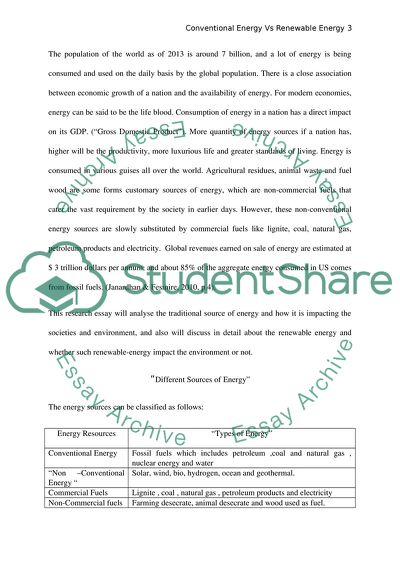Cite this document
(Conventional Energy versus Renewable Energy Case Study, n.d.)
Conventional Energy versus Renewable Energy Case Study. Retrieved from https://studentshare.org/environmental-studies/1797503-sources-of-energy-and-renewable-energy
Conventional Energy versus Renewable Energy Case Study. Retrieved from https://studentshare.org/environmental-studies/1797503-sources-of-energy-and-renewable-energy
(Conventional Energy Versus Renewable Energy Case Study)
Conventional Energy Versus Renewable Energy Case Study. https://studentshare.org/environmental-studies/1797503-sources-of-energy-and-renewable-energy.
Conventional Energy Versus Renewable Energy Case Study. https://studentshare.org/environmental-studies/1797503-sources-of-energy-and-renewable-energy.
“Conventional Energy Versus Renewable Energy Case Study”, n.d. https://studentshare.org/environmental-studies/1797503-sources-of-energy-and-renewable-energy.


